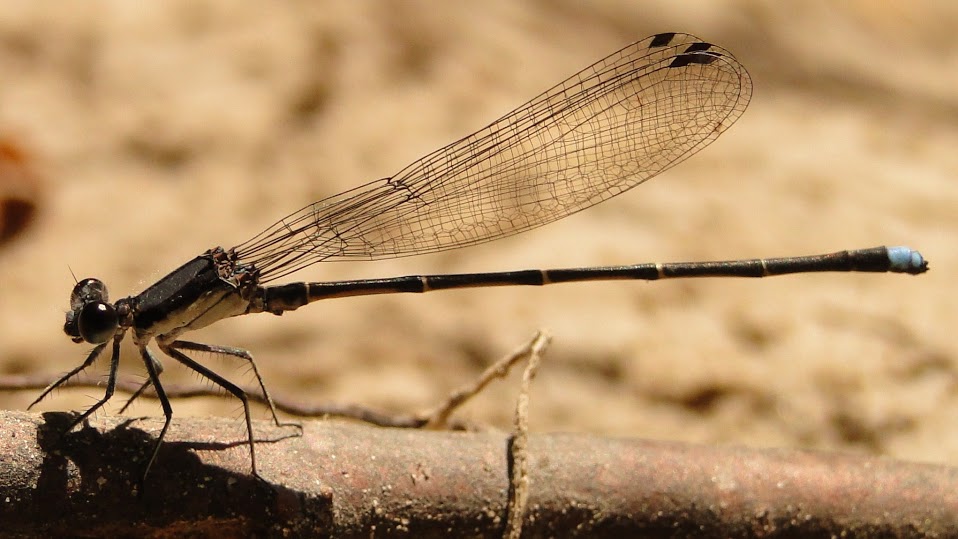 Over a period of 10 years, Texas A&M AgriLife Extension Service, as part of the Wetland Restoration Team, has helped to restore 55 ha (135 ac) of prairie wetland habitat at Sheldon Lake State Park near Houston. The team is using a new method that researchers say will change how restoration and creation of these wetlands takes place along the Gulf Coast. It also will help in their goal of restoring former agricultural lands to presettlement conditions. The Sheldon-Sipocz method, first created and tested by Texas Parks and Wildlife Department Natural Resource Coordinator Andrew Sipocz, involves the re-excavation and restoration of intact buried wetlands.
Over a period of 10 years, Texas A&M AgriLife Extension Service, as part of the Wetland Restoration Team, has helped to restore 55 ha (135 ac) of prairie wetland habitat at Sheldon Lake State Park near Houston. The team is using a new method that researchers say will change how restoration and creation of these wetlands takes place along the Gulf Coast. It also will help in their goal of restoring former agricultural lands to presettlement conditions. The Sheldon-Sipocz method, first created and tested by Texas Parks and Wildlife Department Natural Resource Coordinator Andrew Sipocz, involves the re-excavation and restoration of intact buried wetlands.
The method involves finding the boundaries of the original wetlands using old aerial photographs and geographic information systems. Through the use of high-tech precision equipment, the team exposed the original wetland soils. These soils are most conducive for wetland plant growth.
Plants were collected from five counties, all within 80 km (50 mi) of Sheldon Lake State Park. Volunteers planted sprigs using a dibble, a special wedge-shaped tool, that makes a hole under the water. Volunteers planted the wetland margins with seed balls made of clay, compost, water and wetland plant seeds. Read more from Texas A&M AgriLife.





